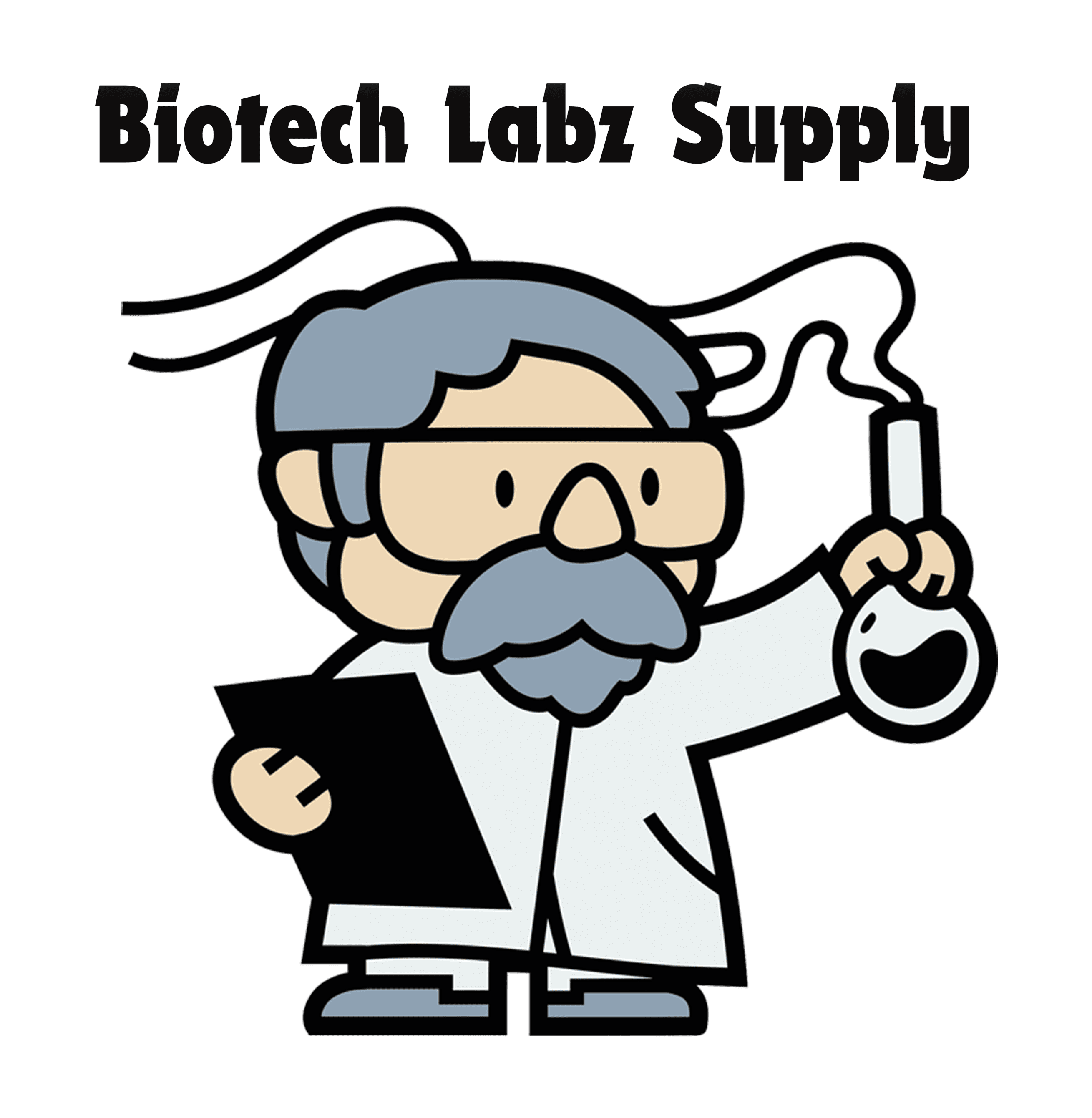Disclosure! These peptides have not been evaluated by the FDA. These peptides are not a form of medication and are for research purposes only. Purchasing research peptides for personal use is illegal.
CAS# 77591-33-4
TB-500 is a synthetic peptide with rapid healing anti-inflammatory, making it a potential solution for treating injuries in bodybuilders.-500 works by upregulating cell-binding proteins promoting rapid healing, ligament and joint injury recovery, and improved endurance.
TB-500, also known as Thymosin Beta 4 (TB4), is a synthetic peptide that mimics naturally occurring healing protein found in the human body and some. TB-500 primarily boosts T-cell, enhancing your immune system’s ability to fight disease and heal damaged muscle tissue
Thymosin beta-4 –
Thymosin beta-4 is a protein encoded by the TMSB4X gene in humans. The International Nonproprietary Name (INN) for thymosin beta-4 is ‘timbetasin,’ as recognized by the World Health Organization (WHO). This protein consists of 43 amino acids (sequence: SDKPDMAEI EKFDKSKLKK TETQEKNPLP SKETIEQEKQ AGES) and has a molecular weight of 4,921 g/mol. Thymosin beta-4 is a major component found in various tissues, with intracellular concentrations that can reach up to 0.5 mM. Following thymosin alpha-1, beta-4 was the second biologically active peptide from Thymosin Fraction 5 to be fully sequenced and synthesized.
**Function:**
The TMSB4X gene encodes an actin-sequestering protein that plays a critical role in regulating actin polymerization. This protein is also involved in cell proliferation, migration, and differentiation. Interestingly, this gene escapes X inactivation and has a homolog located on chromosome Y (TMSB4Y).
**Biological Activities of Thymosin beta-4:**
The biological role of thymosin beta-4 is informed by studies demonstrating that complete ablation of the thymosin beta-4 gene in mice allows for normal embryonic development, and these mice are fertile as adults.
**Actin Binding:**
Initially, thymosin beta-4 was thought to be a thymic hormone, but this notion changed with the discovery that it forms a 1:1 complex with G (globular) actin and is present at high concentrations in various mammalian cell types. When appropriate, G-actin monomers polymerize to form F (filamentous) actin, which, along with other proteins that bind to actin, constitutes cellular microfilaments. The formation of a complex between G-actin and thymosin beta-4 (termed “sequestration”) opposes this polymerization.
Due to its abundance in the cytosol and its ability to bind G-actin but not F-actin, thymosin beta-4 is regarded as the principal actin-sequestering protein in numerous cell types. Thymosin beta-4 acts as a buffer for monomeric actin, represented in the following reaction:
F-actin ↔ G-actin + Thymosin beta-4 ↔ G-actin/Thymosin beta-4.
Release of G-actin monomers from thymosin beta-4 plays a role in triggering actin polymerization, which is crucial for the normal function of the cytoskeleton in cell morphology and motility. The sequence LKKTET, starting at residue 17 of the 43-amino-acid sequence, is highly conserved among all beta-thymosins and is often referred to as “the actin-binding motif.” However, modeling based on X-ray crystallography indicates that the entire length of the beta-thymosin sequence interacts with actin in the actin-thymosin complex.
**Moonlighting:**
Beyond its role as the main actin-sequestering protein in many multicellular animals, thymosin beta-4 exhibits a remarkably diverse range of effects when present in the fluid surrounding animal tissue cells. These effects suggest a general role in tissue regeneration, which has led to various potential therapeutic applications being tested in animal models and human clinical trials.
It is unlikely that thymosin beta-4 exerts all these effects solely through the intracellular sequestration of G-actin, as this would require its uptake by cells. In many cases, the cells that are affected already contain significant intracellular concentrations of thymosin beta-4.
The numerous activities related to tissue repair may rely on interactions with receptors distinct from actin that have extracellular ligand-binding domains. This multi-tasking capability of proteins is referred to as “protein moonlighting.” Thymosins, which lack a stable folded structure in aqueous solutions, are classified as intrinsically unstructured proteins (IUPs). IUPs attain specific folded structures only upon binding to their partner proteins, enabling them to interact with multiple partners.
One potential high-affinity extracellular receptor for thymosin beta-4 is the β subunit of cell surface-located ATP synthase, allowing extracellular thymosin to signal via a purinergic receptor. Some activities of thymosin beta-4 that are unrelated to actin may be mediated by a tetrapeptide, N-acetyl-ser-asp-lys-pro, which is enzymatically cleaved from its N-terminus. This tetrapeptide, known by the brand names Seraspenide or Goralatide, is recognized as an inhibitor of the proliferation of hematopoietic (blood-cell precursor) stem cells in bone marrow.
**Tissue Regeneration:**
Research using cell cultures and animal experiments indicates that thymosin beta-4 administration can enhance cell migration, promote blood vessel formation, assist in stem cell maturation, improve the survival of various cell types, and reduce the production of pro-inflammatory cytokines. These multiple properties have spurred a global series of ongoing clinical trials to evaluate the effectiveness of thymosin beta-4 in facilitating wound repair in skin and other tissues.
Lyophized powder form, intended solely for laboratory use and for human consumption.



